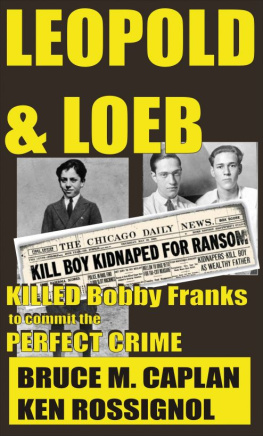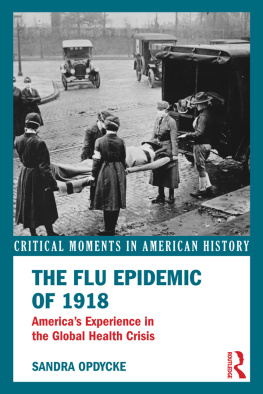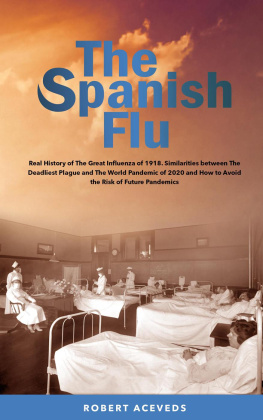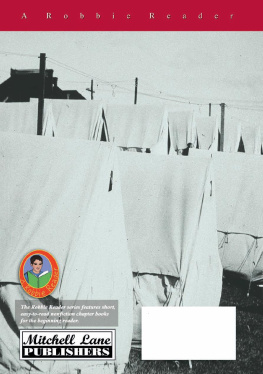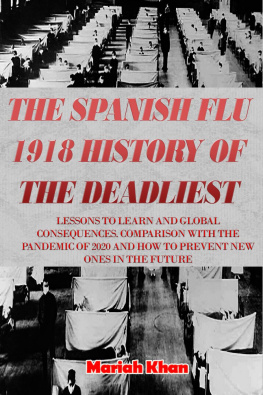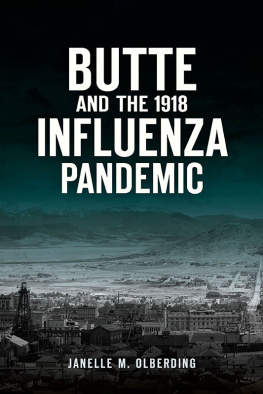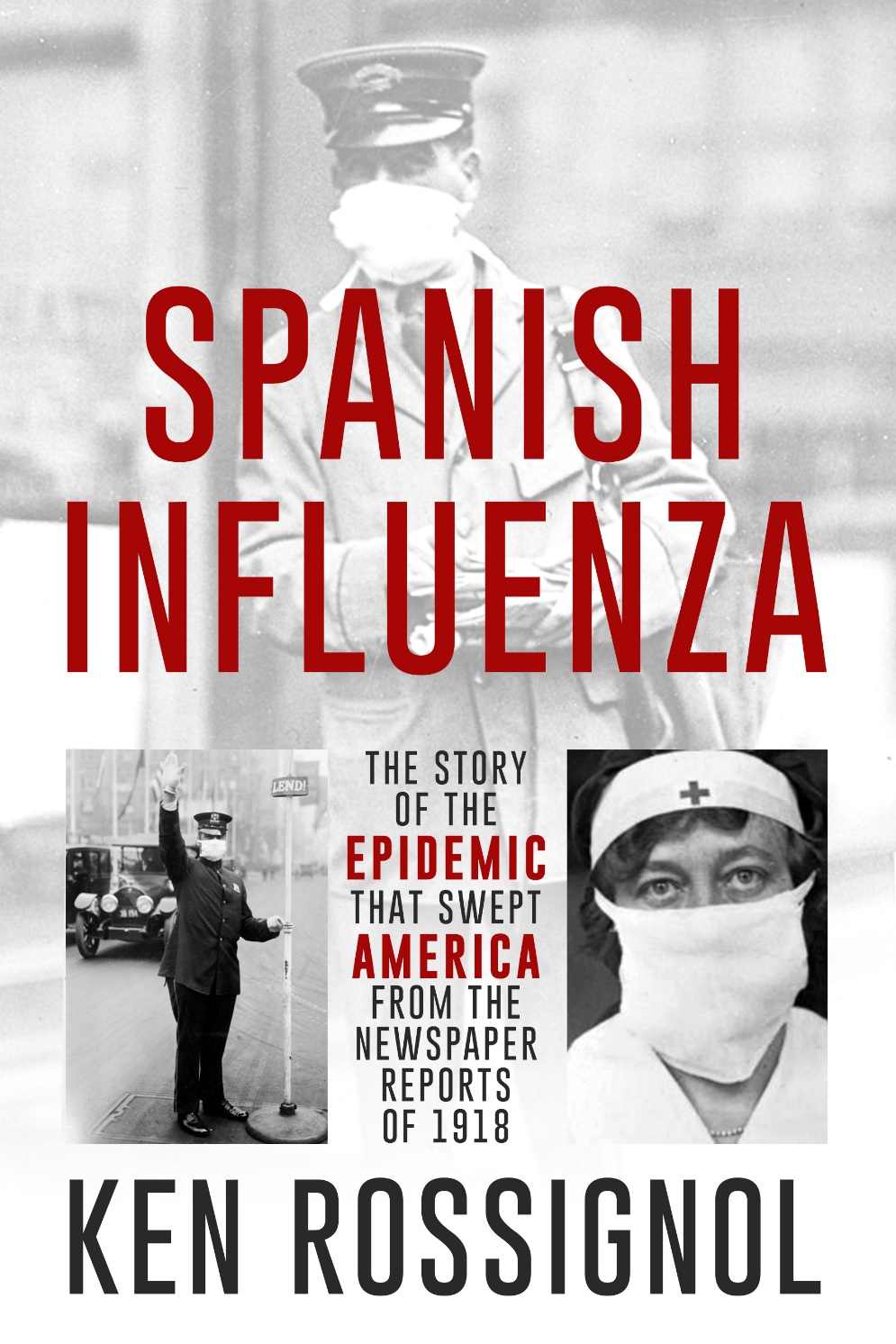
By Ken Rossignol
Copyright Kenneth C. Rossignol 2020
ISBN: 9798654536792
The Privateer Clause Publishing
THE CHESAPEAKE TODAY LLC
Ken@theprivateerclause.com
DEDICATION
Dedication
To the many brave men and women who act quickly to aid those in distress due to virus even at the risk of their own lives.
CONTENTS
Acknowledgments | i |
| Part One Spring 1918 | |
| Part Two Summer 1918 | |
| Part Three Fall 1918 | |
| Part Four Winter 1918 -1919 | |
| Part Five - Vaccines | |
ACKNOWLEDGMENTS
The various newspapers from which this information has been compiled are attributed throughout this book.
Thanks to the Library of Congress and the Taxpayers of the United States who fund this excellent organization which provides such a fine repository for the tradition of news journalism in America.
INTRODUCTION
As many readers may have learned, modern references to the Spanish Influenza of 1918 make various representations as to the virulence, the spread, the affect and results of the world-wide epidemic that hit during the last year of the Great War. The purpose of this book is to provide the reader with a clearer understanding of the events of that era, based on facts provided in 1918 rather than concoctions of those events in 2020 and beyond.
This telling of the story of the Spanish Flu of 1918 is best told and understood from the newspaper reports of publications large and small from every corner of the United States. The news reports have been picked at random with an emphasis on selecting news articles that told of effects in the rural, small towns, cities, army camps, navy yards, with armed forces deployed at sea and in France as well as on Indian Reservations. Many specific lives and deaths are related that reveal much about life during the epidemic; and vaccines quickly developed and used to inoculate hundreds of thousands of people.
There is no attempt here to provide a summary or interpretation for the reader read these reports which were produced solely for the information of their readers by newspapers in 1918 and 1919 and make up your own mind.
The largest number of news stories are contained in the Fall section, as that is simply where the random selection process revealed.
NOTE TO THE HYPERSENSTIVE READER : Some of the language and terms regarding the origin of the term Spanish Influenza, ethnicity and race were those used in 1918-19 and have not been modified to prevent the 21 st Century reader from going into shock or apoplexy. Proceed at your own risk .
1 CHAPTER NAME
PART ONE
Spring of 1918

Topeka, Kansas On January 28, 1918, in the Topeka State Journal on the front page, there was little news being reported of the spread of the Spanish Influenza.
Discussion of schools being closed was due to storms shutting down railroad traffic and thus backing up orders of coal for heating schools. The cold snap had temperatures that day at four degrees.
Fast passenger trains were stalled in the mountains with passengers being shuttled off to hotels in Altoona, New York, while ships collided off of New York.
A half-million American soldiers had arrived in France to pursue the Hun army, and a headline next to the war news blared out the possibility that undesirable pool halls in Topeka, Kansas, may have to close due to trouble in the river district.
Troublemakers were using the pool halls as headquarters for loafing as Americans were digging in to conserve raw materials, save scraps for recycling, raising money for Liberty Bonds, and young men signing up for service in the Army and Navy.
A mention was made of the army camps in Kansas that day regarding snowfall hampering marching. Reports of the terrible epidemic of flu killing up to 600,000 Americans with Kansas figuring as a hotspot in the early months had yet to develop. Still, by years end, the war would be over in Europe, and with multiple developments of vaccine, the decline of dreaded influenza would be at hand.
FEW GET TO LAWTON
Doniphan Officers Try to Keep
Soldiers Away from Town.
THE TOPEKA STATE JOURNAL
Camp Doniphan Ok., (Jan. 8, 1918) The town of Lawton has been practically quarantined by the military authorities so far as the soldiers are concerned. Not more than 5 percent of the command will be allowed to visit the town at any one time. This means that one man can visit Lawton only once every twenty days.
The medical authorities at camp reported a number of cases of infectious diseases in Lawton. And the division surgeon believes that many cases of diphtheria and measles in the camp have been contracted in Lawton. The stringent quarantine order was issued to reduce the cases of sickness in camp to the lowest possible number and to keep it down.

BIG LINER GOES DOWN
Stayed Afloat After Hit by Torpedo,
But Efforts to 8ave Her Fail.
TOPEKA STATE JOURNAL
London, (Jan. 24, 1918) The Cunarder Andania, reported yesterday to have been torpedoed but not sunk, went to the bottom in spite of efforts to get her into port, according to Information reaching the Associated Press today.
The Andania was torpedoed off the Ulster coast on Sunday morning. Press dispatcher from Belfast said it was believed no deaths resulted from the explosion. The Andania, 13.405 tons, was built in 1913 and has made many trips between British and American ports.
200 IN LIFEBOATS, LAND
Crew Also in Boats Suffered Extremely from Weather
A Coast Town in the County of Antrim, Ireland, Jan. 28. More than 200 passengers and members of the crew of the Cunard liner Andania were landed here Sunday afternoon. Most of the crew were in a pitiable condition. Some were clad lightly and had suffered severely from their exposure in the lifeboats. Many were wrapped in blankets. Two babies were carried ashore by the sailors.
It was reported here that the explosion of the second torpedo had killed five stokers. Rescue of so large a number was explained from the fact that at the moment of the attack, the crew was preparing for boat drill. The submarine which hit the Andania was twice seen, once twenty yards distant and again fifty.
Haste Caused
Camp Illness,
Says Gorgas
Surgeon General Tells Senate
Hurried Mobilization Overcrowded Men
~~~~
Agrees Rush Was Necessity, However
Emphasis Laid on Need of
Observation Camp for All Recruits
NEW YORK TRIBUNE
Washington, D.C. (Jan. 26, 1918) From Surgeon General Gorgas, the Senate Military Committee today sought light upon the health and sanitary conditions in the army, resuming its investigation suspended a few days ago to present the reorganization legislation about which centers the committee's controversy with the Administration. General Gorgas reiterated statements, made in his official reports to the department after a tour of inspection, that the crowding of men into cantonments and camps not ready to receive them was largely responsible for the epidemics of disease which have raged at some of the posts. He agreed with other officers who had preceded him on the stand, however, as to the necessity for hurried training.
Next page


